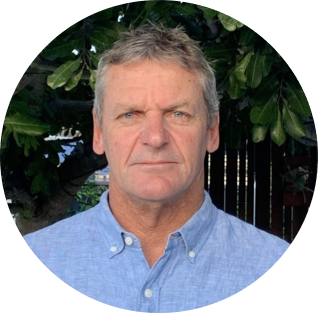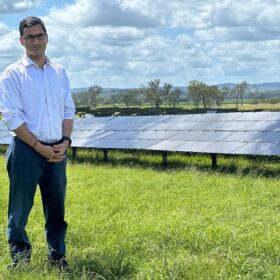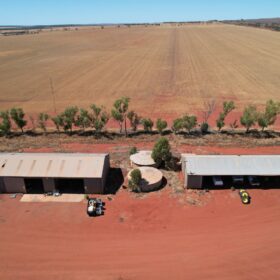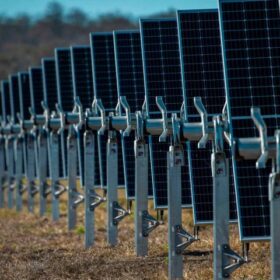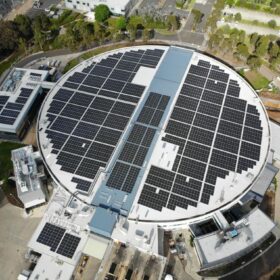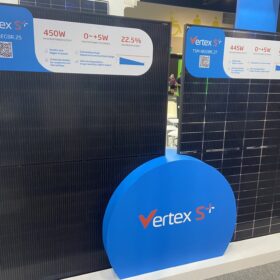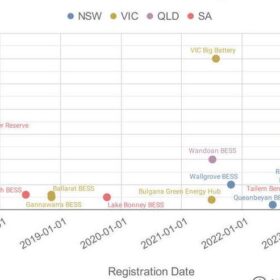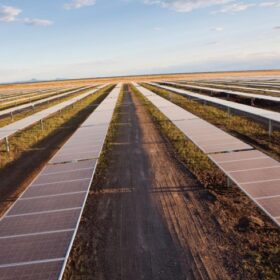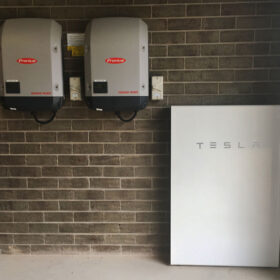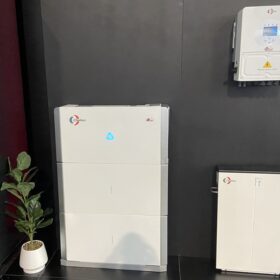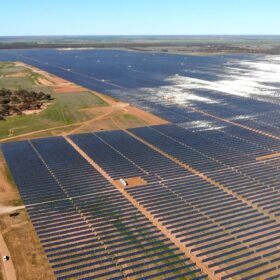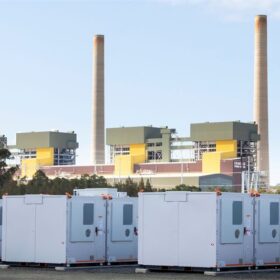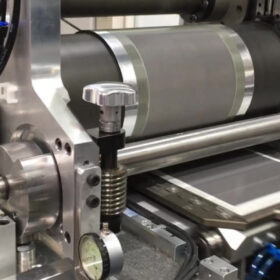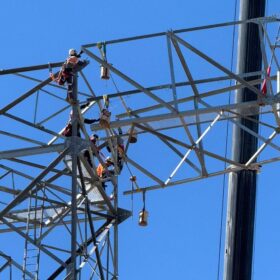UQ start-up tips all-in-one O&M system to save solar farms millions
A Queensland tech start-up says it has developed an AI-based all-in-one solar farm operation and maintenance system that promises to boost the reliability of solar projects and could save the renewable energy industry $200 million a year.
bp increases stake in 26 GW Australian Renewable Energy Hub
Investment bank Macquarie Group has sold its share in the 26 GW Australian Renewable Energy Hub megaproject proposed for Western Australia’s Pilbara region to oil and gas giant bp.
Green hydrogen and ultra-low cost solar key to Australia’s superpower vision
Australian Renewable Energy Agency Chief Executive Officer Darren Miller sheds light on the agency’s role in helping to deliver the renewable energy superpower vision – emphasising the critical role of green hydrogen and ultra-low cost solar.
Australian nuclear organisation turns to solar for savings
Australia’s largest nuclear organisation has turned to solar to supply part of its energy requirements in a move that is expected to deliver savings of about $2 million over a five-year period.
Trina presents all-black 450 W solar modules with 22.5% efficiency
Solar technology manufacturer Trina Solar has developed an all-black version of its Vertex S+ solar module range that has a power output of up to 450 W with maximum efficiency of 22.5%.
State-of-charge: a peek into economics and performances within NEM’s battery fleet
2023 was the year of the big battery in the National Electricity Market. The year started with 10 batteries registered in the market and ended with a doubling to 20, with no signs of a slowdown.
NSW commits to improve approvals process for renewables projects
New South Wales has committed to reform the planning approvals process for renewable energy developments amid criticism that the current process isn’t fit for purpose and is slowing the state’s transition from coal-dominated generation to a renewables-dominated grid.
NT scheme sets pace for residential solar battery storage adoption
The Northern Territory has emerged as the national leader in solar battery adoption with more than 30% of homes and businesses with rooftop solar systems having now installed a battery.
Clean energy manufacturing sector urged to get a move on
Tindo Solar, the country’s only manufacturer of PV panels, has warned Australia must move quickly if it is to capitalise on the manufacturing opportunities presented by the global clean energy transition or risk being left behind.
Smart Energy Expo: Chelion rolls out latest residential energy storage system
The first of energy storage solutions specialist Chelion’s new iHome high-voltage residential battery storage systems are now being rolled out in Australia.
